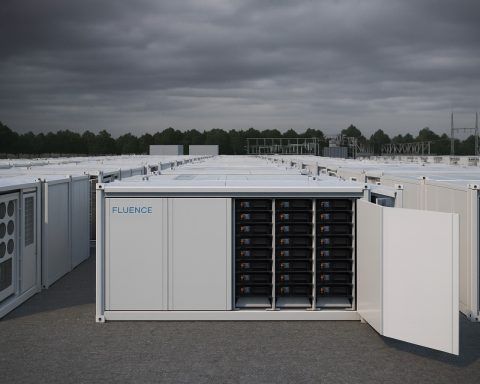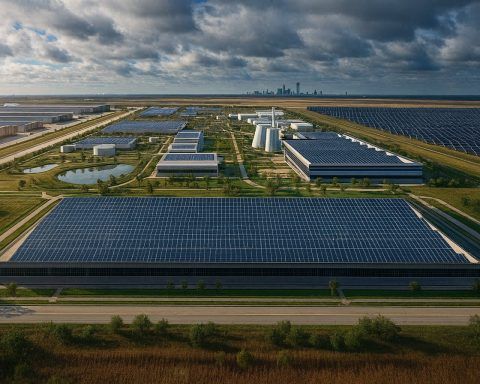
Tech Frenzy Oct 1–2, 2025: AI Hits $500B, Apple’s Vision Pivot, Space Milestones & More
Below we dive into each story in detail. Artificial Intelligence & Machine Learning OpenAI continued to dominate headlines. Reuters reports that after a share sale to investors (including SoftBank), OpenAI is now valued at roughly $500 billion reuters.com. This latest round










